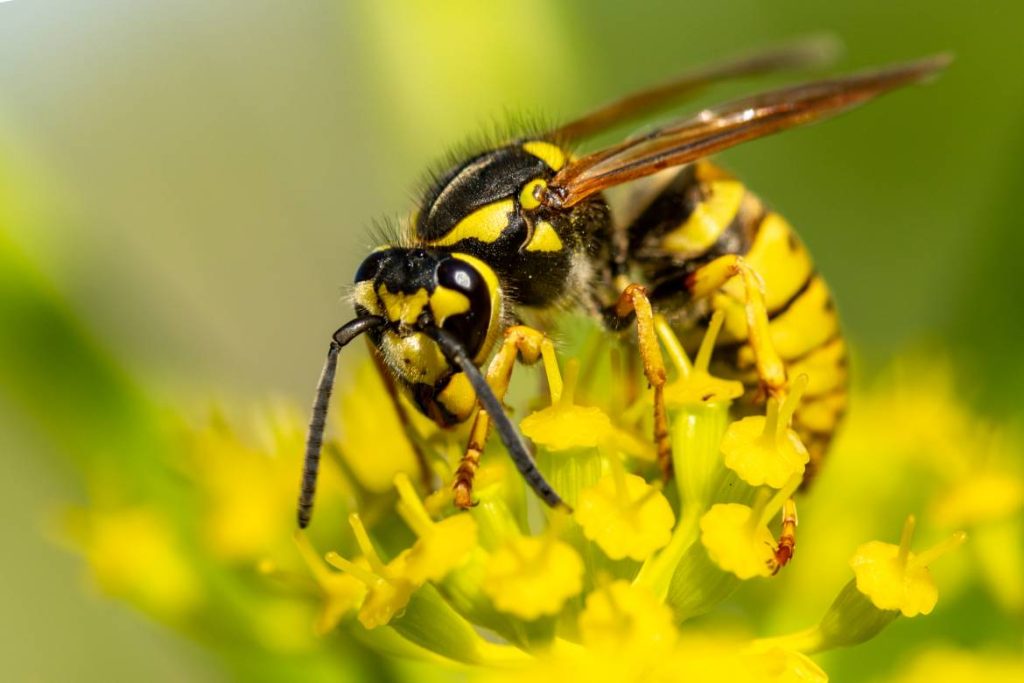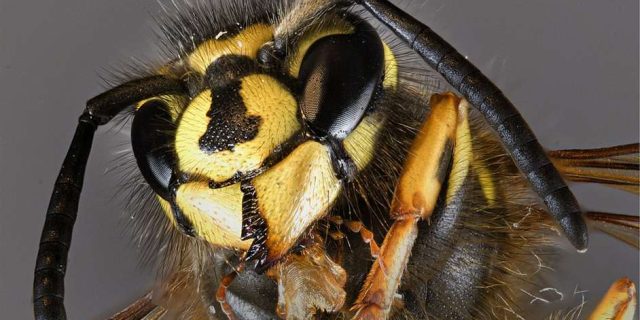
Spring and early summer are prime times for wasp to start building their nests. Catching a nest early can prevent an infestation and reduce the risks of stings. Queen wasps start to emerge and start working on new nests in the Spring, by the summer months wasp nests are working overtime with up to 300 eggs being produced every day and up to 5,000 adults feeding grubs and building the nest structure. Here’s how to identify wasp activity before things get out of hand.
1. Early Signs of Wasp Activity
Before a nest is fully formed, you can notice an increase in wasp activity around your home or garden. Signs to watch out for include:

2. Where Wasps Like To Nest
Wasps prefer to build their nests in sheltered areas that provide protection. Common nesting spots to keep an eye on are:

3. What Does a Wasp Nest Look Like?
In the early stages of a wasp nest it is around the size of a golf ball or a small walnut.
It has a papery appearance, and it’s made from chewed-up wood fibers.
As the nest growths, it can become as large as a football, housing thousands of wasps.

4. How to Prevent Wasp Nest
To reduce the chance of wasp nesting on your property or business:

5. What To Do If You Spot a Nest?
If you notice a small nest it’s best to take action early:
✅ Keep Calm: Avoid swatting or making sudden movements.
✅ Keep Your Distance: Wasps can become aggressive if they feel their nests is threatened.
✅ Don’t try to remove if yourself: DIY removal can be dangerous especially for larger nests.
✅ Give us a call: We have the equipment and expertise to remove wasp nests safely and effectively with a free re-treat if needed.
Need Professional Wasp Nest Removal?
🛑 Don’t risk painful stings or an aggressive nest —let us handle it for you!
📞 Call us today on 01983 406999
📧 Email us at info@hillbanspestcontrol.co.uk